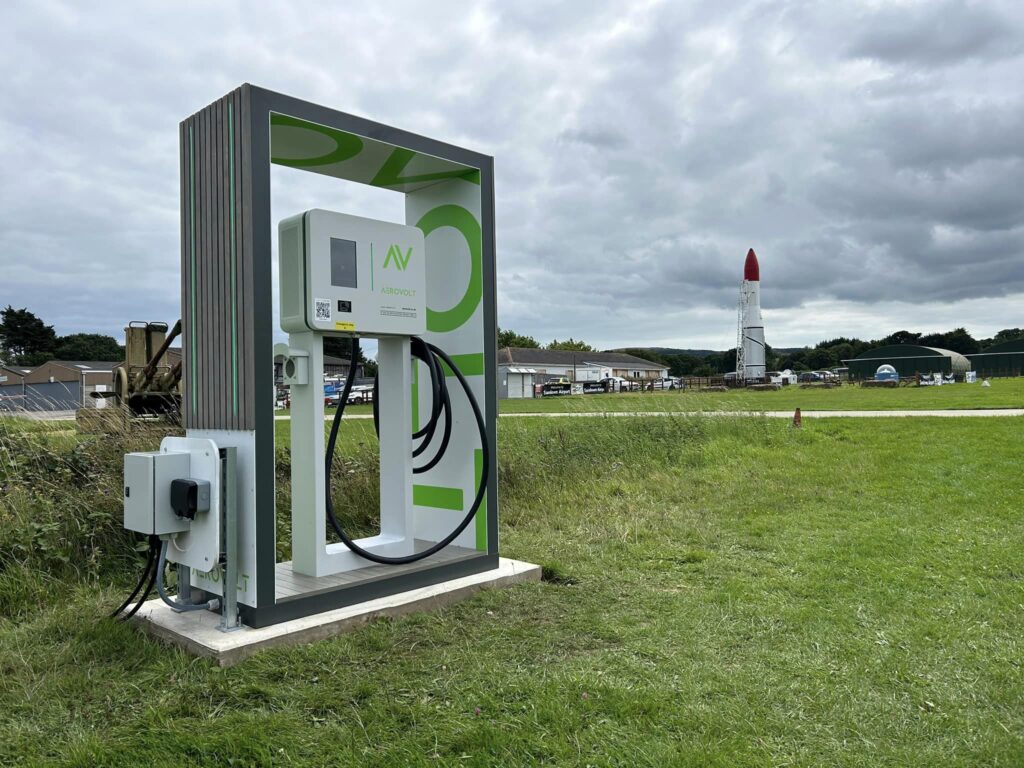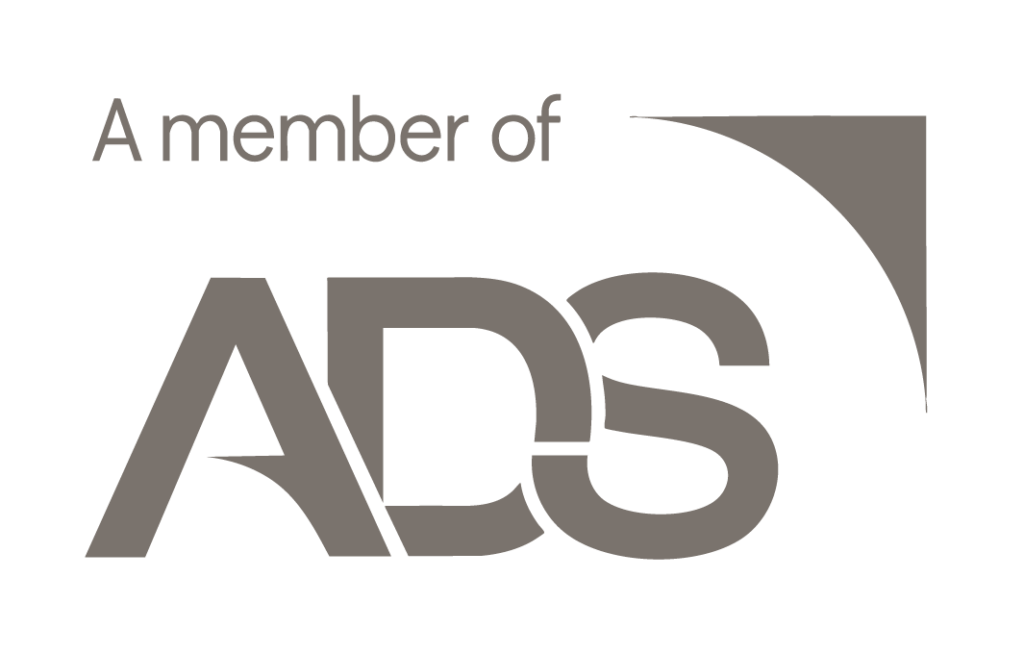PRESS RELEASE – 19/01/2024
SKYFLY TECHNOLOGIES LTD – skyfly.aero
Contact information:
Adam Landau – Head of Communications
FOR IMMEDIATE RELEASE
Skyfly and AeroVolt to perform UK’s first airfield-to-airfield eVTOL flight with recharging

- Skyfly and AeroVolt will collaborate on demonstrating the first ever eVTOL flight between two different airfields in 2024
- AeroVolt is installing a network of aircraft smart chargers around the United Kingdom at airports and aerodromes
- Aerovolt already has 5 operational sites and is due to have 24 operational by the time deliveries of the Axe eVTOL begin in 2025, with plans in place for 60+ sites
- AeroVolt will also operate its own Axe eVTOL, which they will use for network development, and which will be available to hire by members of their subscription service and all-electric flying club, Squadron
Skyfly will work with electric aircraft charging company AeroVolt to conduct the UK’s first airfield-to-airfield eVTOL flight in 2024, exclusively using AeroVolt’s operational public charging network.
The Axe VCA (Vertically-Capable Aircraft) boasts an impressive range of 100 miles in a fully electric configuration or 300 miles in a hybrid configuration – far more than most other private eVTOLs, which are generally single-seat aircraft with a range of little more than 20 miles.
However, AeroVolt’s public charging network further increases the flexibility of the Axe by enabling fast, hassle-free charging at various major General Aviation airfields such as Brighton City, Lydd, Dunkeswell, Bournemouth, Dunkeswell, Solent Airport and Sandown.
“We are delighted to partner with Aerovolt, who have developed by far the most advanced aircraft charging network in Europe, if not globally. It shows the UK’s appetite for low cost, low emission and low noise flying. We cannot wait to demonstrate this capability on a real flight route which will hopefully prove to the non-believers that electric aviation is the future of mobility. Skyfly wants to make the United Kingdom a leader in aviation again.”
– Michael Thompson, CEO, Skyfly
AeroVolt began rolling out its first tranche of charging stations at airfields across England in August 2023. In total, agreements have been signed for the installation of 60 charging stations around the UK.
Skyfly and AeroVolt will conduct test flights as part of the feasibility demonstrations for electric aircraft. The tests will also confirm the compatibility of the Axe with AeroVolt’s charging and monitoring software.
“Aerovolt’s chargers are especially relevant and useful for training organizations. The combined technology of Aerovolt and the Axe VCA by Skyfly will create a method of truly sustainable, quiet and cost-effective flight training – particularly circuit training, which can be focussed on a single airport with permanent charging infrastructure. With its low operating costs, minimal maintenance requirements and its ability to fly either like a fixed-wing aircraft or a helicopter, the Axe VCA is an economical training platform for various aircraft types, even able to perform glide landings with all its engines shut down, which other eVTOLs cannot replicate. The Axe by Skyfly is highly likely to prove popular in this role as there are no competitors in the two seat, side by side eVTOL training aircraft market.”
– Jaap Rademaker, CCO Skyfly
AeroVolt currently offers access to their charging stations via subscription service, ‘Squadron’. Members of Squadron are also entitled to hire AeroVolt’s Pipistrel Velis Electro fixed-wing electric aircraft. Members can book rental aircraft and charging sessions at their destination, or can use the chargers for their own private aircraft.
Squadron Members receive an ID card that can be used to activate the company’s chargers and commence the charging process. Updates are provided via text while charging is underway. Once the charge is complete, AeroVolt produces an invoice which can be paid later on the company’s website, enabling pilots to charge an aircraft even at remote airfields when poor internet connectivity makes an on-the-spot payment impossible.
Additionally, the AeroVolt charging network will soon be accessible through Octopus Electroverse, a charging app from leading energy supplier Octopus Energy which is already well-established for electric cars.
Aerovolt has already started work on ATIS and NOTAM integration for its charging network.
AeroVolt’s first batch of chargers are rated to 22kW, and installation of larger 44kW chargers will begin in 2024. 120kW are also planned for the near future. Multiple aircraft – and, in some cases, electric cars – can use any one charging station simultaneously. Using AeroVolt’s chargers, the Axe eVTOL can charge in approximately 3.5 hours.
“AeroVolt is really excited to be working with Skyfly. The Axe is a really forward-thinking design in the emerging eVTOL market. The availability and usability of a charging infrastructure is key for their customers and future development and AeroVolt is ready to offer support however we can. We can’t wait to see the Axe flying later this year.”
–Alan Kingsley-Dobson, COO, AeroVolt
Following this year’s tests, AeroVolt will take delivery of their own Axe VCA in 2025. The aircraft will be available for members of Squadron to hire, and will also be used by AeroVolt for customer demonstrations, network development and testing.

To find out more about the Axe visit www.skyfly.aero
To watch a video of our prototype flying, visit our YouTube channel.
The Axe VCA by Skyfly
You have arrived. Faster, cleaner, safer, smarter.

